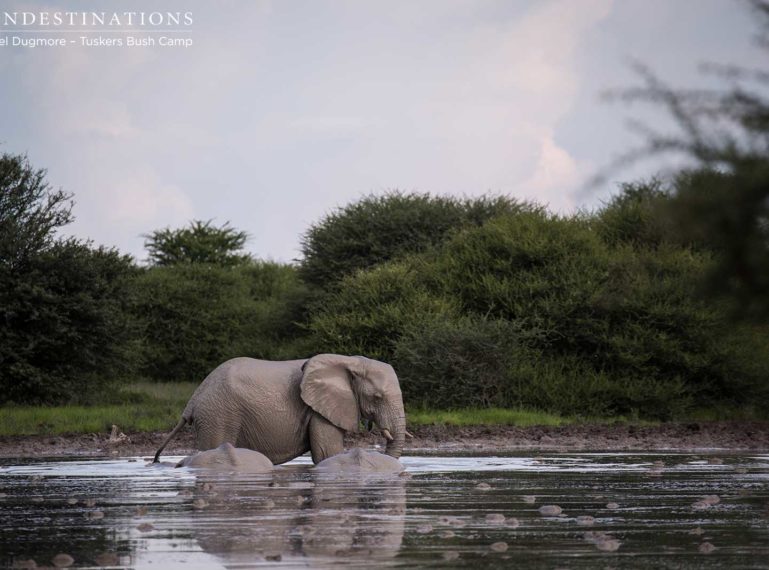
Warwick Hendry, together with photographer Dan Dugmore and guests, went exploring the Little Nxai Pan area which is to the east of the Kwatale conservancy. Warwick documented his journey with words and Dan documented his journey with images. We’ve combined the two so that we can deliver this blog post and formally introduce the Little Nxai Pan region.
Last week an intrepid team led by photographer Dan Dugmore set out on an expedition across the Kwatale Conservancy in search of a very special place: Little Nxai Pan. This exquisite hidden gem has lain unseen by human eyes now for years, tucked away in the far eastern corner of the massive Conservancy area.
The team, consisting of a couple of lucky guests at Tuskers Bush Camp, Alex the guide, Vera the tracker, Dan and myself, began by preparing two vehicles for a few days out in the bush. They had to be completely self-sufficient, including camping gear, provisions, photographic equipment, navigation gear and everything they might need to coax their vehicles through the tricky terrain and overgrown roads of this vast wilderness area.
All packed up, with vehicle suspension groaning under the weight of it all, the expedition team headed out into the lush bushveld of green season Botswana. The landscape at this time of year is not only beautiful to look at, but bursting with life of all kinds.
Wild-flowers bloomed across open grassy areas and around water-filled pans that just months ago were bare scars on the dry crumbling earth. Foliage abounds, and the herbivores that eat it are scattered about everywhere.
During the day’s drive we encountered throngs of grazing elephant, plentiful herds of buffalo snorting and grunting to each other as they gorged themselves. We chanced upon shy roan antelope and a breeding herd of gemsbok as we moved through the concession of alternating biomes of mopane woodland, acacia lowland and open scrub-land.
The journey was an incredible one, with the bush throbbing with life and sound all around us as we passed through. After pausing for lunch at a pan – which was soon visited by a breeding herd of elephant as we looked on, munching sandwiches – we continued through the final stretch of verdant, waterlogged terrain.
We thought it couldn’t get any better, that surely the old-growth forests interspersed with pans and grasslands we were moving through could hardly be topped, but we were wrong. Quite late into the afternoon we moved through a final stretch of dense forest and emerged on the other side to be greeted by an incredible sight.
There it was in all its splendour – Little Nxai Pan. The pan itself was large and, at that moment, full of bathing elephant. The area surrounding it, consisting of wide open meadows punctuated with rotund acacia trees all set about with woodland was a sight for sore eyes. It was like nothing we’d seen on the Kwatale Conservancy before.
Elephant were everywhere, and large herds of zebra moved all around us, nervously sniffing the air and trying to work out what these two strange visitors to their leafy green fastness could possibly be. Bullfrogs emitted their deep booming calls from the little pools of water and larger pans that littered the area as thunder-heads crashed and snarled overhead in unison with the insects chirping and buzzing in every direction.
As we surveyed the scene around us we all new that we were seeing something very special. This place was absolutely unique in the Kwatale Conservancy area. Perhaps the most striking feature of this place, though, was the pale mud of Little Nxai Pan itself, which had the effect of turning a bathing elephant a bright shocking white as they emerged from their wallow.
As we rushed off to pitch camp in a pretty corner of the area’s extensive meadows, we considered ourselves lucky. We still had two full days to explore Little Nxai Pan and the surrounds – to cut our way through old hunting roads that had not seen a vehicle for at least three years, to explore every reach and forgotten corner of the place we could get to. We had plenty of time to do so, and the expertise of Vera who had been to this part of the world prior to the Tuskers team arriving on the scene.
There was perhaps no better way to enjoy the pleasures of wet season Botswana. True, we did occasionally get rained on, but this was more than made up for by the sheer abundance of wildlife and the incredible beauty of an arid landscape flushing green after a prolonged drought and a particularly difficult dry season.
Little Nxai Pan is the very definition of a hidden gem; spectacular, beautiful, rich, diverse, and up until a few days ago, almost completely unknown to the outside world. Visiting this place was a privilege I will not soon forget.
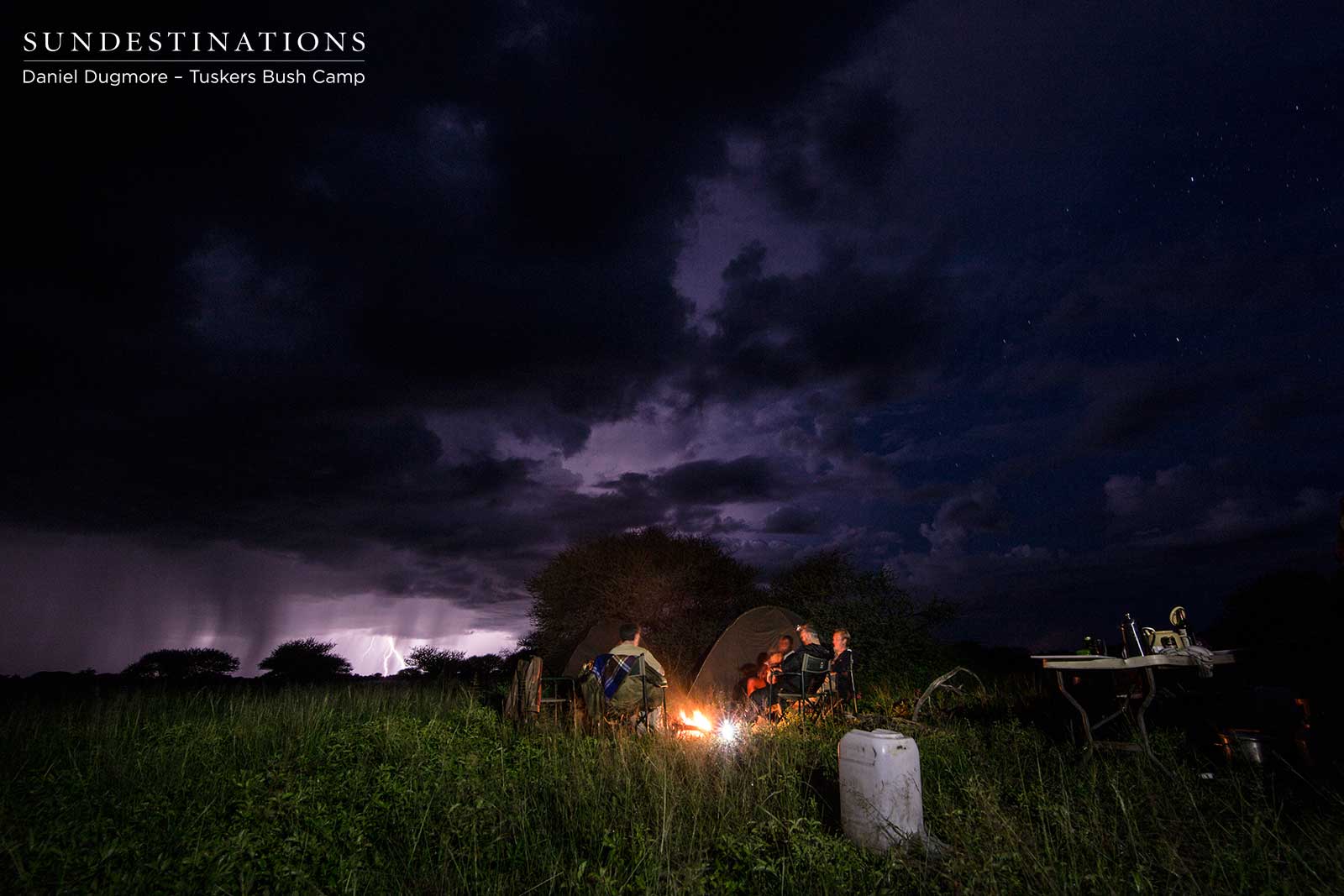
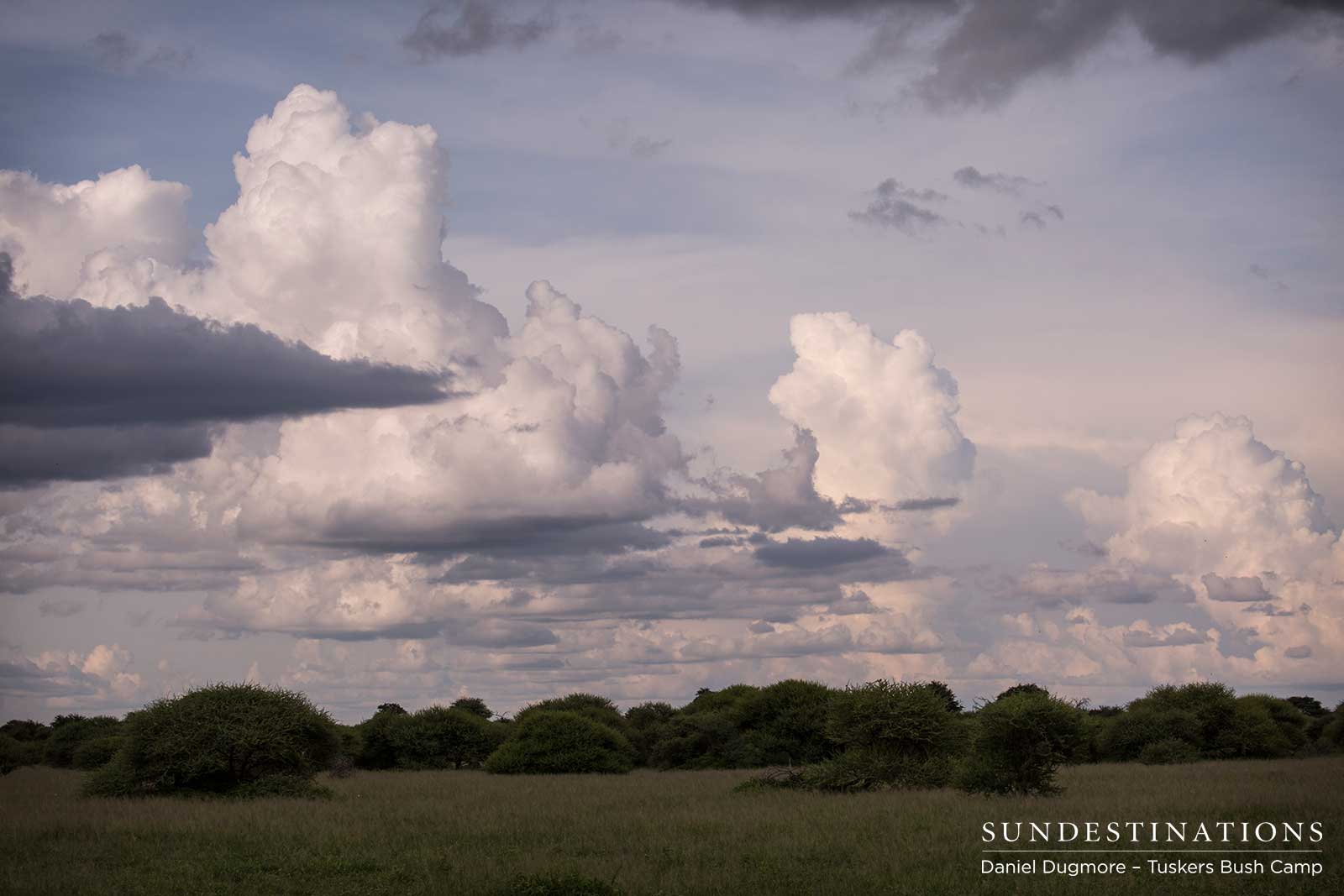
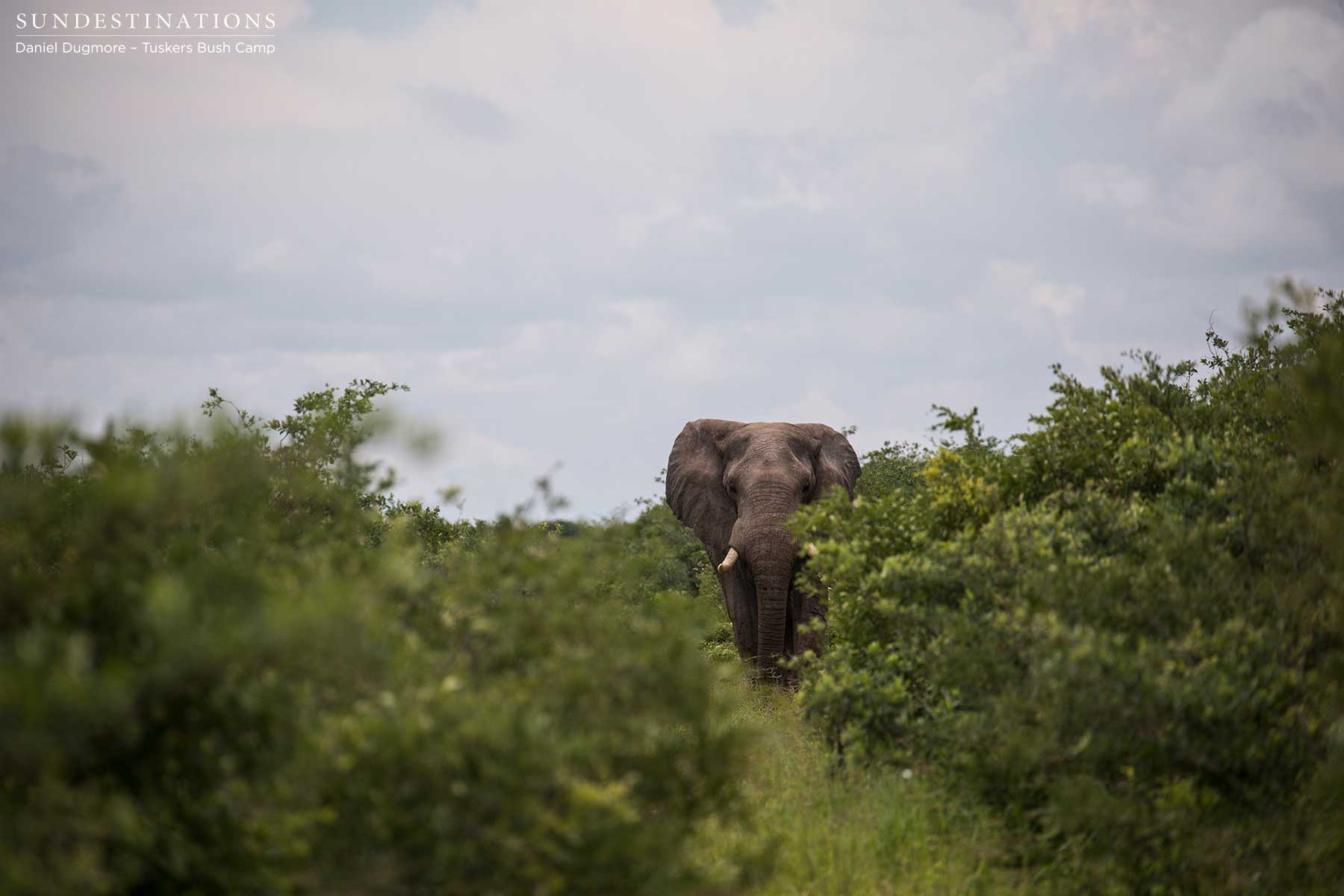
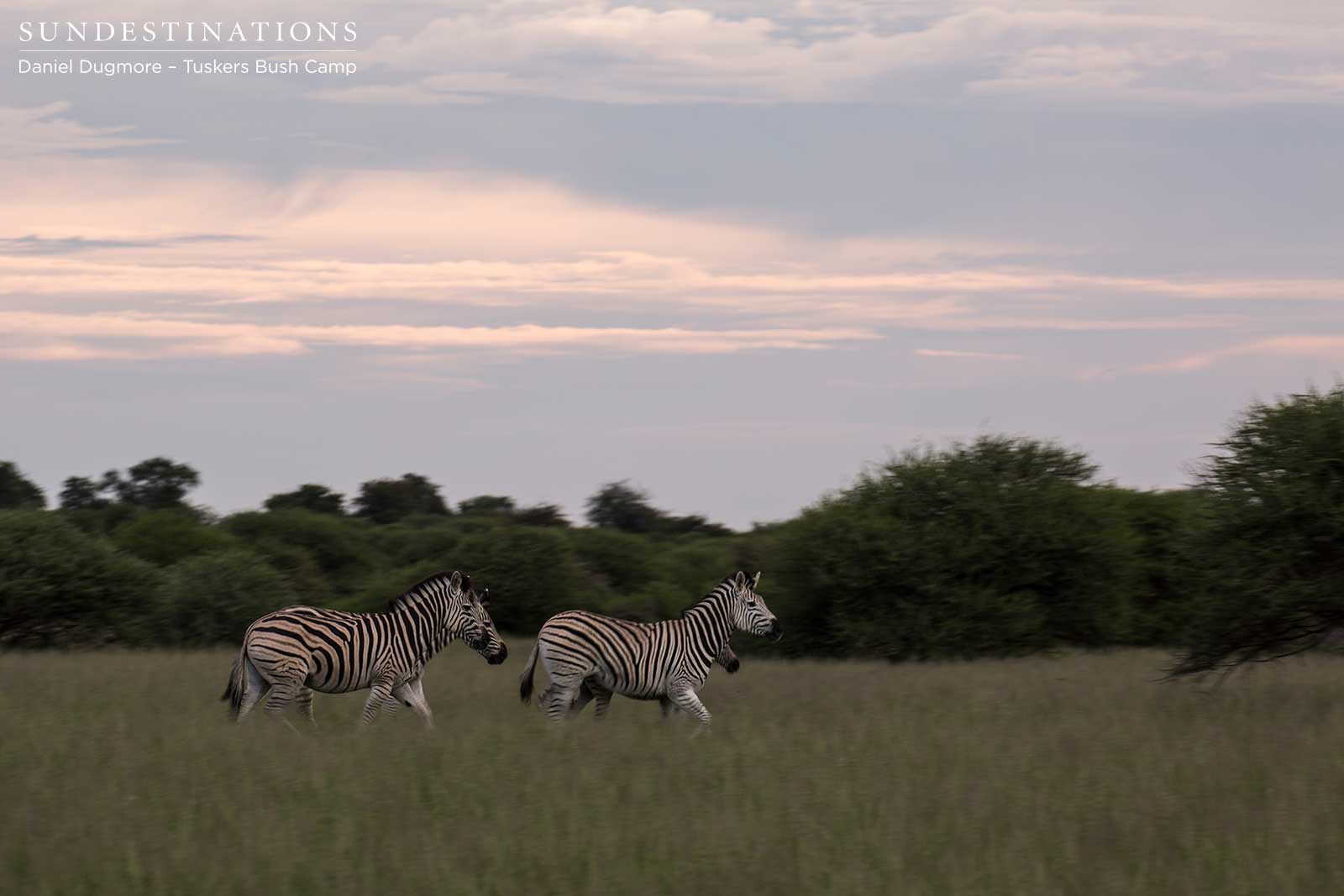
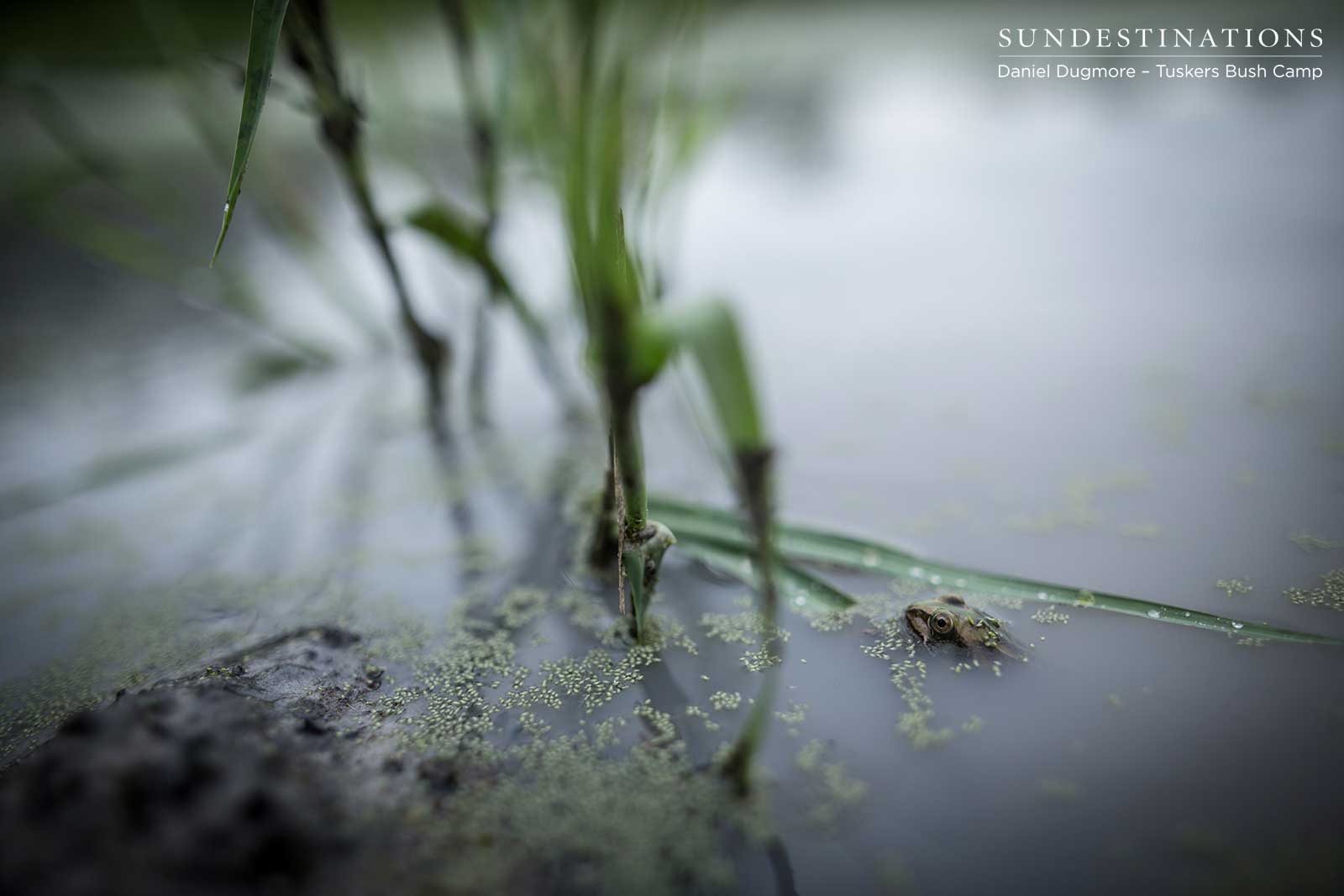
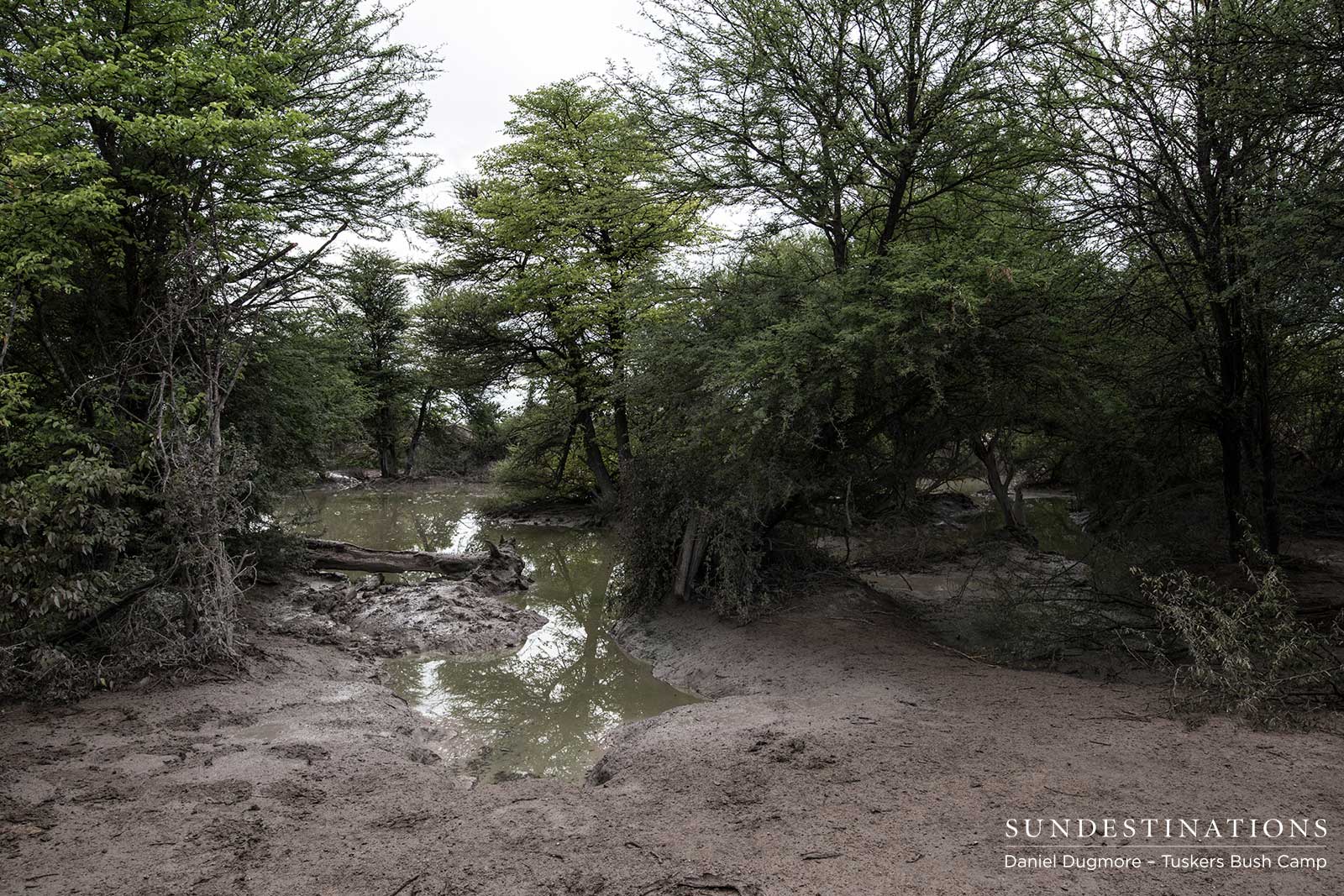
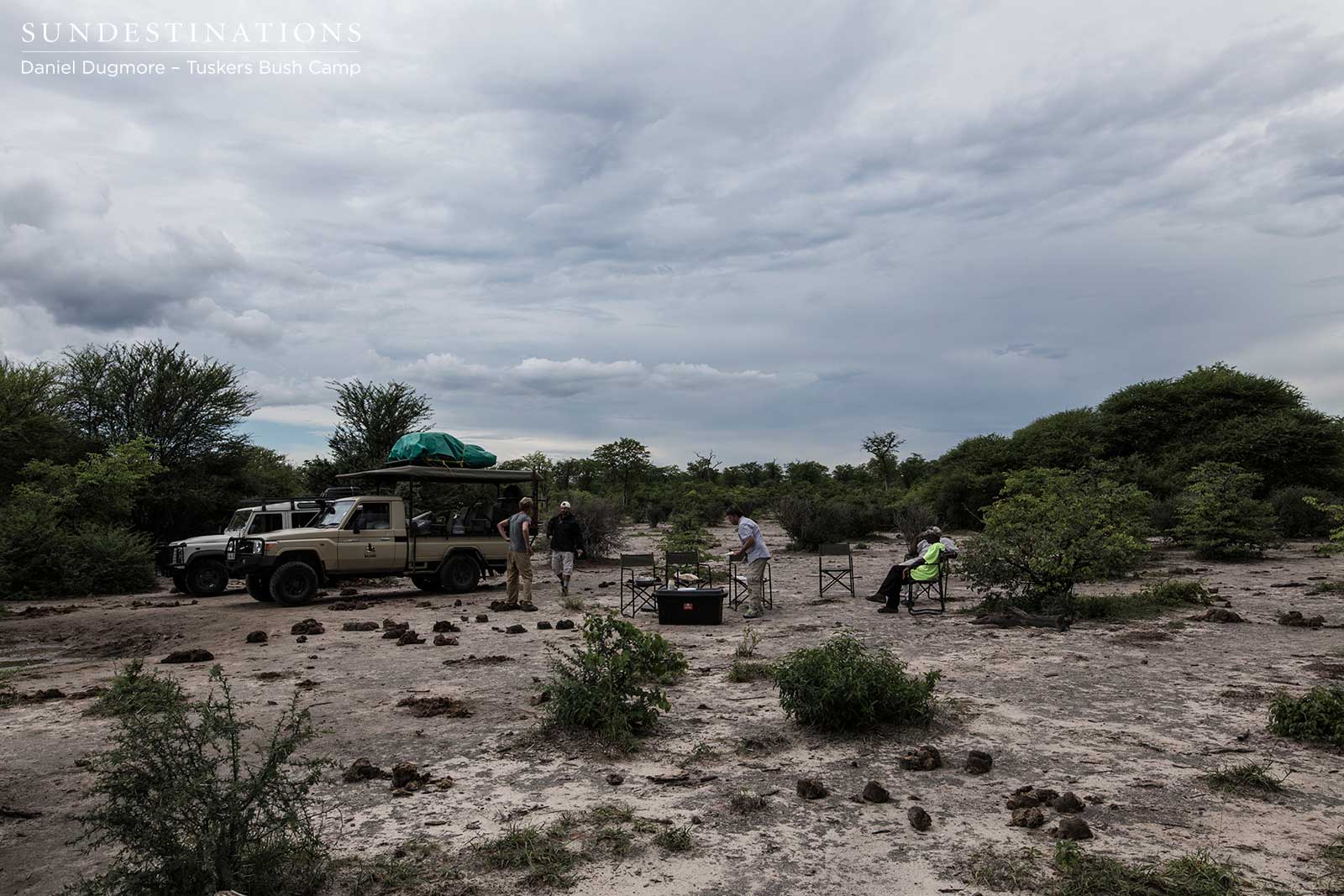
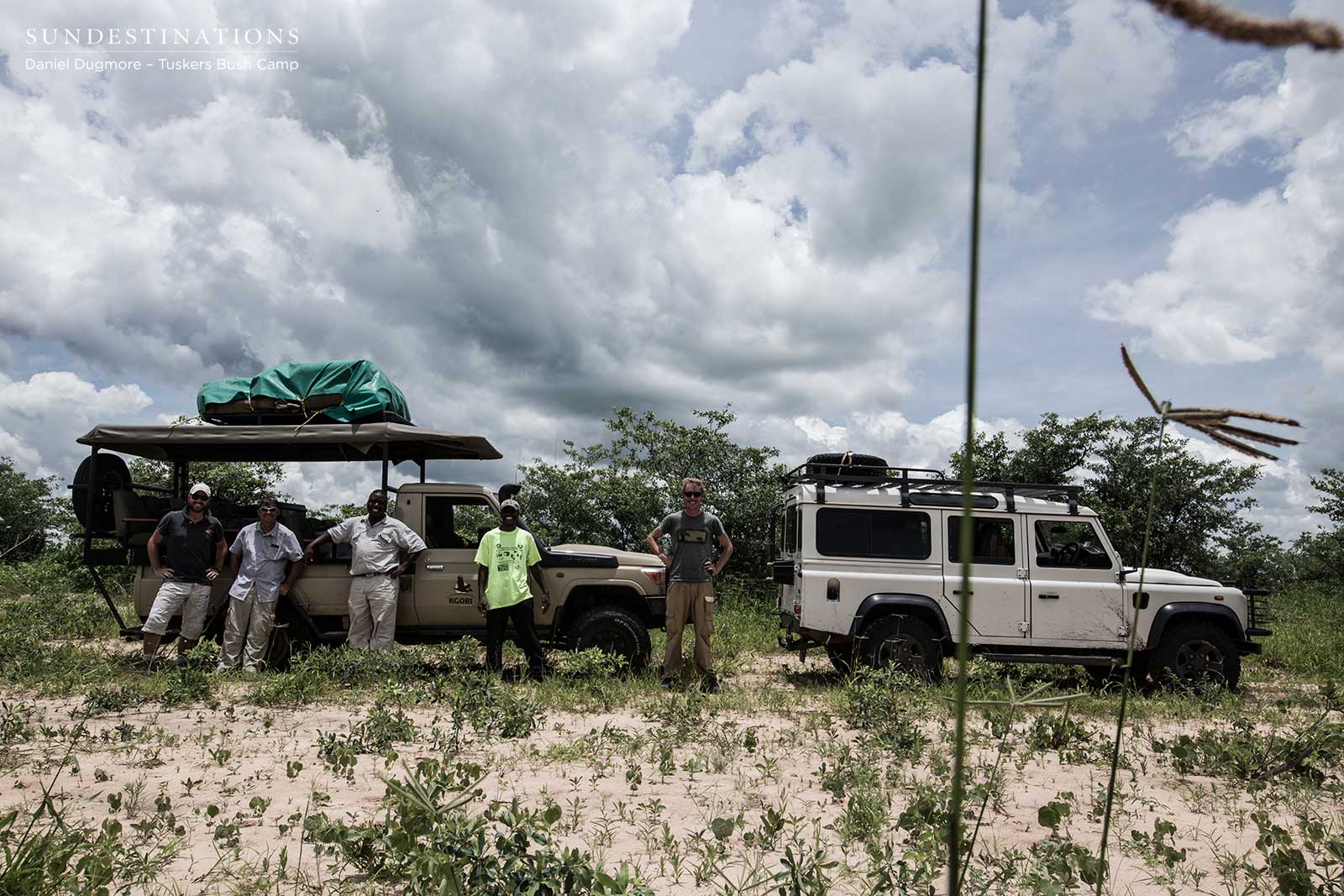
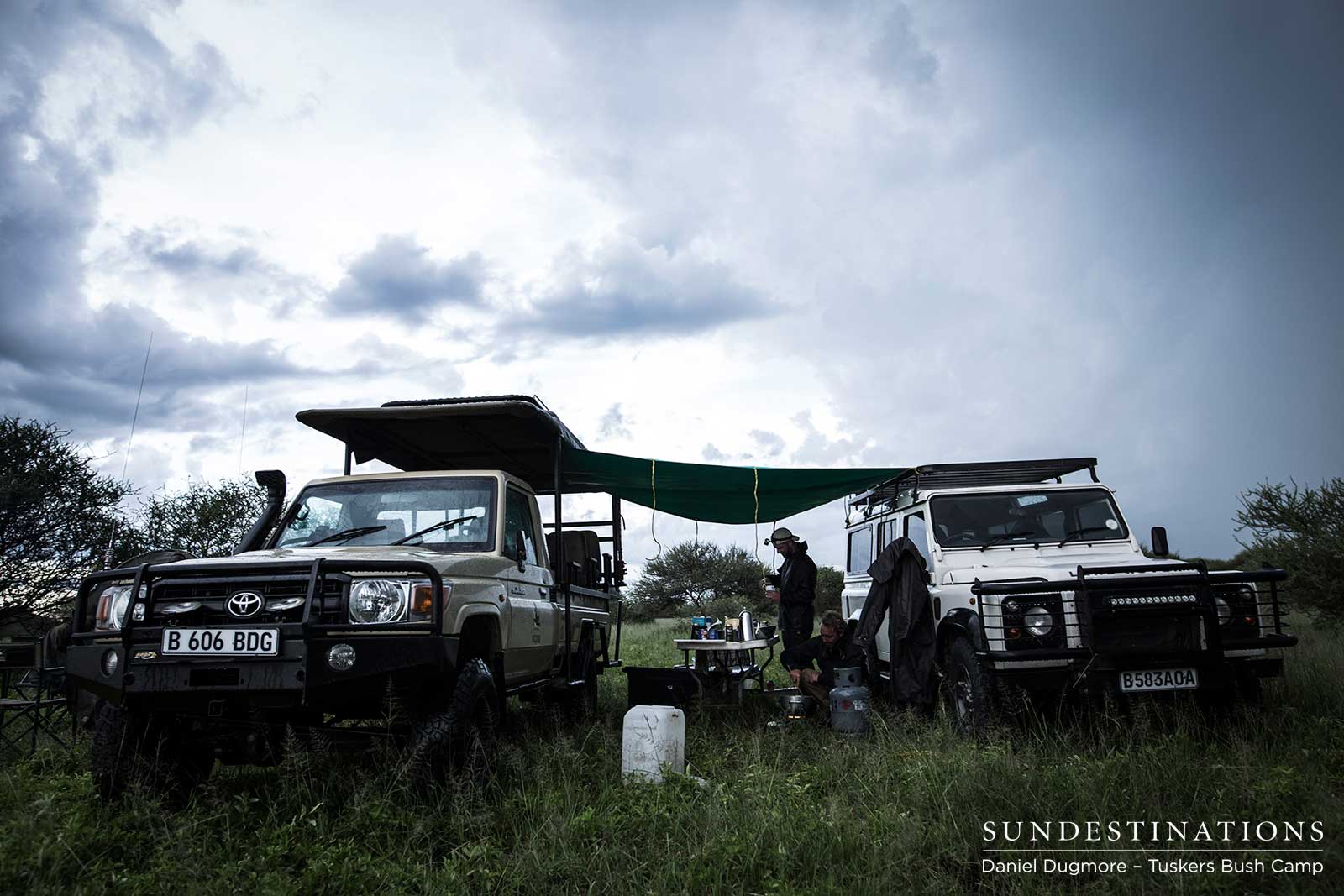
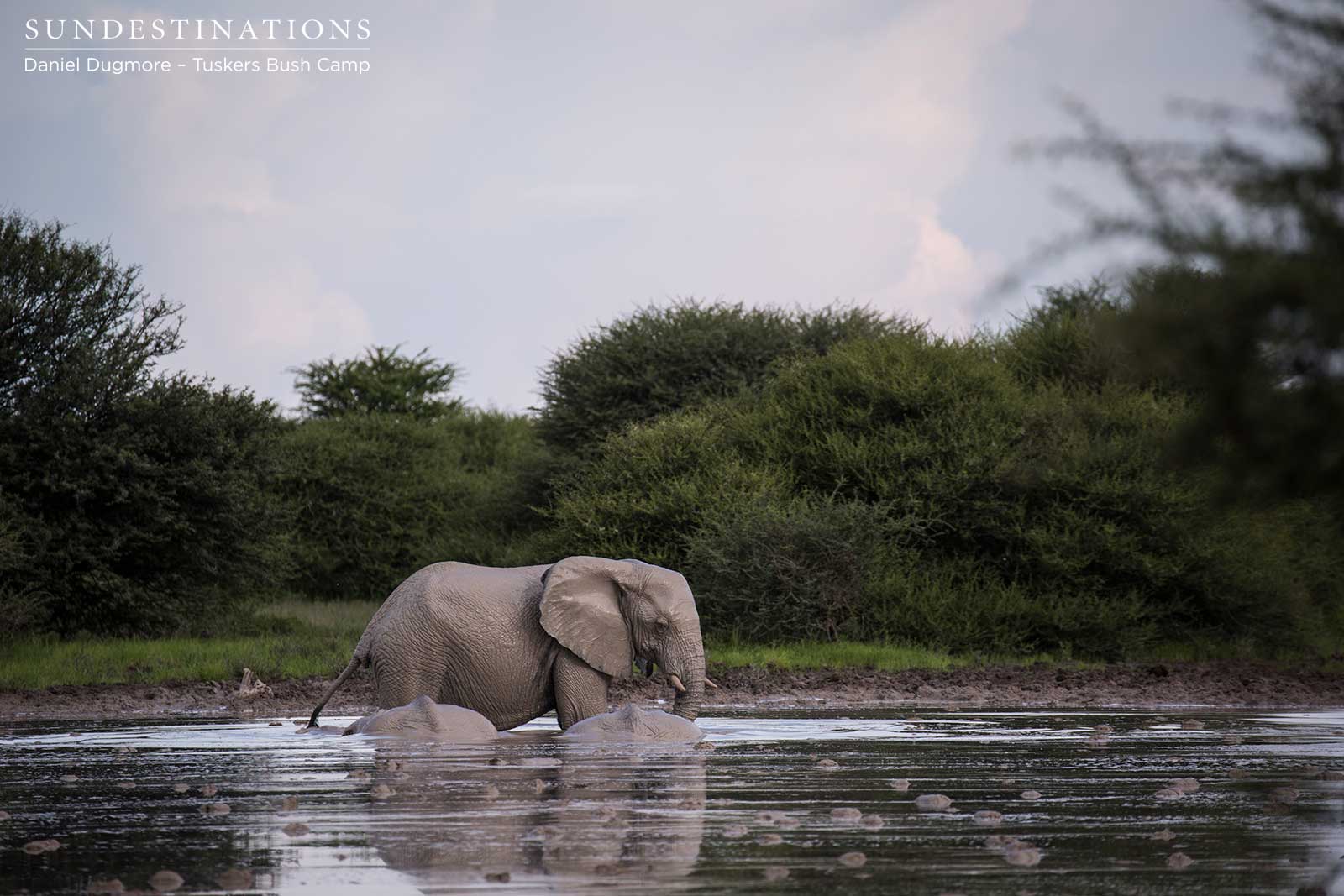
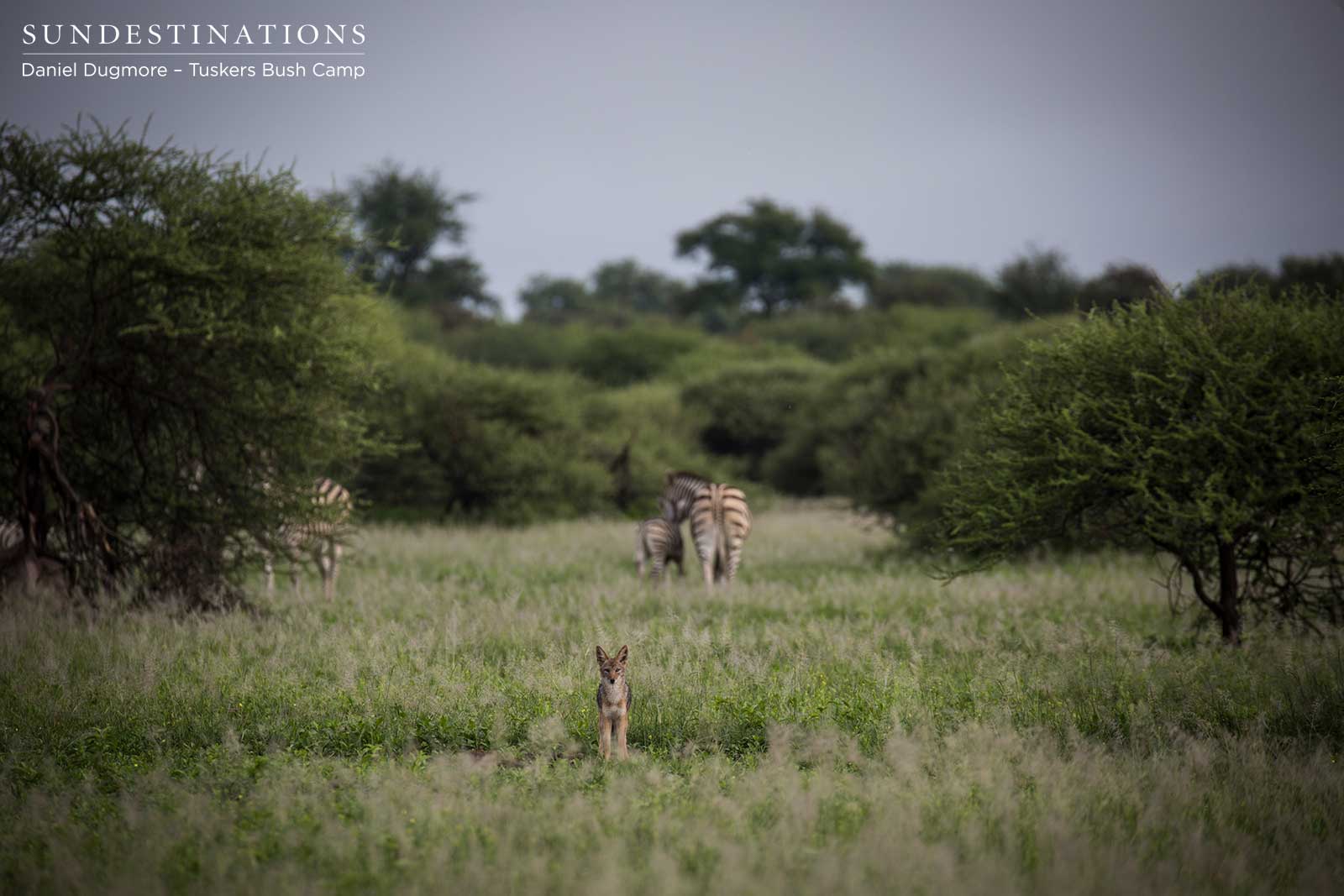
Scout